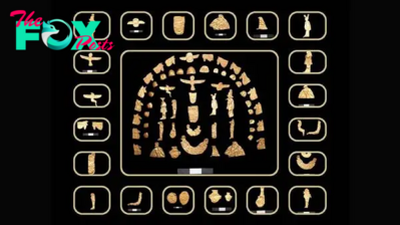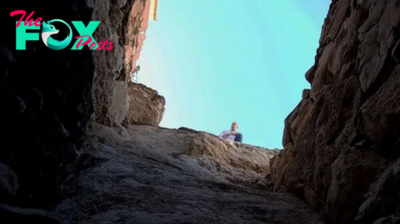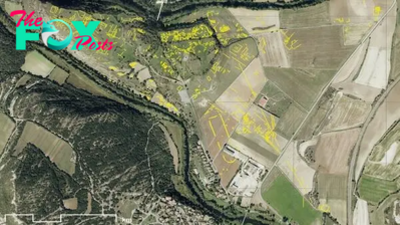Archaeology
Why did Homo sapiens outlast all other human species?
Modern humans (Homo sapiens) are the sole surviving representatives of the human family tree, but we're the last sentence in an evolutionary story that began approximately 6 million years ago and spawned at least 18 species known collectively as hominins.
There were at least nine Homo species — including H. sapiens — distributed around Africa, Europe and Asia by about 300,000 years ago, according to the Smithsonian's National Museum of Natural History in Washington, D.C. One by one, all except H. sapiens disappeared. Neanderthals and a Homo group known as the Denisovans lived alongside H. sapiens for thousands of years, and they even interbred, as evidenced by bits of their DNA that linger in many people today. But eventually, the Denisovans and the Neanderthals also vanished. By around 40,000 years ago, H. sapiens was the last hominin left.
So what was the secret to our success? Why did H. sapiens survive when all of our relatives went extinct?
To understand how we endured as a species, we must first look at what we have in common with other hominins, said William Harcourt-Smith, a paleoanthropologist at Lehman College and the American Museum of Natural History, both based in New York City. Topping that list is bipedalism. Two-legged walking originated in the Ardipithecus group — our earliest human ancestors who lived around 4.4 million years ago — and Australopithecus, which appeared about 2 million years later. Both groups were "little more than bipedal apes" with relatively small brains, Harcourt-Smith told Live Science.
Bipedalism was an important evolutionary step for hominins, but it didn't stave off extinction for Ardipithecus, Australopithecus and a third hominin genus — Paranthropus. Australopithecus emerged as Ardipithecus was disappearing; Paranthropus and the first Homo species appeared in Africa about 3 million years ago, as Australopithecus was dying out.
Unlike emerging Homo species, which had bigger brains and smaller teeth than their predecessors, Paranthropus had small brains and were more apelike, with massive back teeth and powerful chewing muscles, Harcourt-Smith said.
"For quite a long time, you've got Homo and Paranthropus occupying maybe different niches but similar landscapes, and they both do really well," Harcourt-Smith said. But after about 1 million years, Paranthropus was gone, and "Homo hangs on and proliferates, eventually across the world," he said.
-

 Archaeology1d ago
Archaeology1d agoThese Lucky Discoverers Found a Gold Treasure: Here’s Their Story.hanh
-

 Archaeology3d ago
Archaeology3d agoDiscover Hidden Treasures: Embark on Thrilling Expeditions for Diamonds, Gold, and Crystals.hanh
-

 Archaeology3d ago
Archaeology3d agoIs the Leaning Tower of Pisa really falling over?
-

 Archaeology4d ago
Archaeology4d agoUnveiling Priceless Treasures: The Most Unforgettable Moments Around the World.hanh
-

 Archaeology1w ago
Archaeology1w agoExploring Hidden Treasures: Embark on an Electrifying Journey to Uncover Secret Riches! (Video).hanh
-
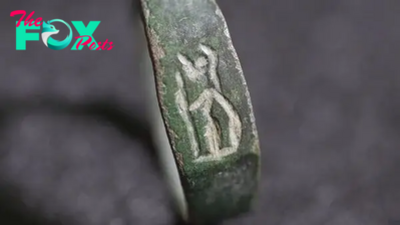
 Archaeology1w ago
Archaeology1w ago1,800-year-old ring depicting Roman goddess discovered by ancient quarry in Israel
-
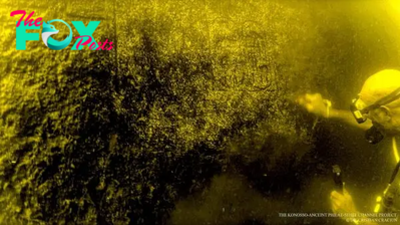
 Archaeology1w ago
Archaeology1w agoRock carvings of ancient Egyptian pharaohs found underwater near Aswan
-
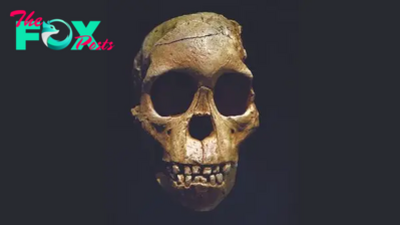
 Archaeology1w ago
Archaeology1w agoFamous Taung Child fossil from South Africa is 2.58 million years old, new study finds
